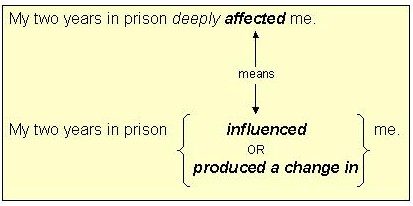

Indifferent: The client's appearance and movements suggest lack of concern or interest in the interview. There may be associated hostility and competitiveness in the case of Type A personality styles. He or she may make statements about wanting an answer to concerns immediately. The client is not very tolerant of pauses or of times when interviewer speech becomes deliberate. Impatient: The client is on the edge of his or her seat. Sommers-Flanagan & Sommers-Flanagan, 1998). This behavior pattern is especially common among delinquent teenagers (J. Sarcasm, rolling back one's eyes in apparent disgust over an interviewer comment or question, or staring off with a sour grimace may represent subtle, or not so subtle, hostility. Hostile: The client is indirectly nasty or biting. Frequent head nods and receptive body posture are common. He or she may openly try to work with the interviewer in an effort to gather data or solve problems.

The client may "flip off" the examiner or simply say in reply to an examiner response, "That's a stupid question" or "Of course I'm feeling angry, can't you do anything but mimic back to me what I've already said?"Ĭooperative: The client responds directly to interviewer comments or questions. In contrast, clenching fists, gritted teeth, and strong language will bring you to the conclusion that your client is displaying an "angry" affect.ĭescriptors of Client Attitude Toward the ExaminerĪggressive: The client attacks the examiner physically or verbally or through grimaces and gestures. For example, when you see tears in your client's eyes, accompanied by a downcast gaze and minimal movement (psychomotor retardation), you will likely conclude your client has a "sad" affect. Is it sadness, euphoria, anxiety, fear, anger, or something else? Affective content indicators include facial expression, body posture, movement, and your client's voice tone. Each of these descriptive terms is discussed further.Īffect Content To begin, you should identify what affective state you observe in the client. In contrast, mood is the client's self-reported mood state.Īffect is usually described in terms of its (a) content or type, (b) range and duration (also known as variability and duration), (c) appropriateness, and (d) depth or intensity. Affect is defined as the prevailing emotional tone observed by the interviewer during a mental status examination.


 0 kommentar(er)
0 kommentar(er)
